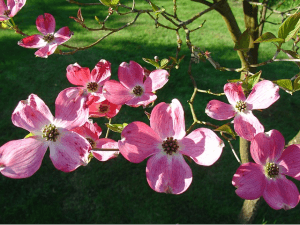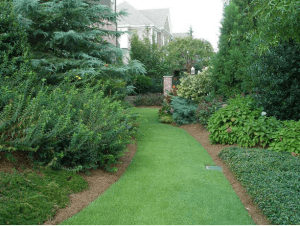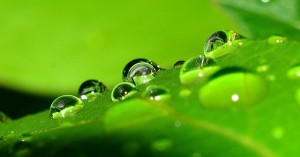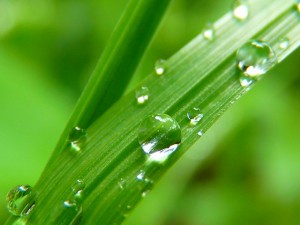 Happy Garden Month! This year, like years before, many people will try their hand at gardening for the first time. Like anything new, we first need to begin with the basics. Having a solid understanding of the fundamentals of gardening will give you a great foundation to build from for years to come. Simply Green Lawn Care located around Atlanta, GA has several steps to follow to get you playing in the dirt this spring!
Happy Garden Month! This year, like years before, many people will try their hand at gardening for the first time. Like anything new, we first need to begin with the basics. Having a solid understanding of the fundamentals of gardening will give you a great foundation to build from for years to come. Simply Green Lawn Care located around Atlanta, GA has several steps to follow to get you playing in the dirt this spring!
- Pick a location – For the most part, plants are going to need 6 to 8 hours of sunlight a day to yield the best results. Scope out your yard, and see what parts receive a consistent amount of sun everyday. Also, consider proximity when selecting a location to start. Is there a source of water near by? Easy access from the house for cooking? Take some time for this part of the process, it is very difficult to change locations once you’ve planted.
- Get your supplies – Decide what supplies you are going to need. If you are just starting out, you really don’t need anything fancy, just a few basic supplies like a trowel, gloves, soil, pots (if doing a container garden), shovel and pruners.
- What will you grow?! – This is where the fun really starts to happen. Make a visit your local nursery, or anywhere that provides gardening essentials. Take your time, walk through the aisles of vegetables, herbs and flowers and pick what you like! Ask yourself questions depending on what you are planting. What will I eat the most of? What textures look good next to one another (flowers or decorative plants)? If you want a more uncommon plant like an heirloom variety, think about looking at the seeds section. It often provides a wider variety of plants.
- Design – It’s up to you! Whatever you envision for your garden, go for it! Make sure to look up a few basic rules of gardening as guidelines while planting, especially when dealing with ornamentals, an aesthetic design guide can really help.
- Maintain – Once you’ve gone through the above steps, all that’s left to do is maintain your garden and reap the rewards! But what is needed to keep your garden at optimal health?
- Water your plants regularly. Plants require a good deal of water to survive. A good rule of thumb is to stick your finger in the soil; if it is dry, make sure to give them a bit of water. Also, water your plants at the beginning of the day if possible. This will allow the sun the dry of the leaves, and help avoid fungal diseases caused by moisture. If you notice that some of your leaves are beginning to brown, take your pruning shears and cut it at the base.
- Keep the weeds out! Check your garden everyday for encroaching weeds. Pick them and discard away from your garden.
- Expect pests. Insects and critters are almost always a sure issue, and there are many different methods for dealing with the issue.
- Last, but not least, enjoy it! Gardening is a really great way to get outdoors and relieve from stress from the day. Happy gardening!














